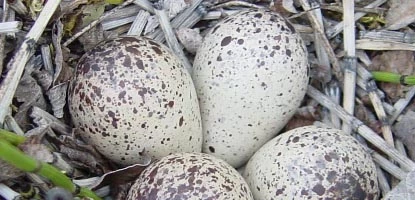
|
|
As of February, 2016, 281 species of birds have been recorded in Glacier Bay National Park and Preserve. The high diversity and abundance of birdlife is due to the variety and extent of favorable breeding habitats available within the park, many of which contain ample food resources and low numbers of land predators. Each bird species has distinct seasonal patterns, but birds are generally most abundant from May 1 to mid-September. Seabird colonies hatch young by late June, and are largely vacated by September 1. Fifteen Recommended Birding Locations: Park Visitor Center, Bartlett Cove, Bartlett River Estuary, Gustavus and Beardslee Islands.
Island and cliff seabird colonies like those located at South Marble Island, Lone Island, South Russell Islands, Boussoule Head, Cenotaph Island and cliffs south of Margerie Glacier.
Remote islets such as those in Adams Inlet, Hugh Miller Inlet and Dundas Bay.
Marine Feeding Sites such as Point Carolus, Point Gustavus and Sitakaday Narrows.
In the winter, the number of land birds present in the park dwindles. Common Ravens, Northwestern Crows, Black-billed Magpies, Pacific Wrens and American Three-toed Woodpeckers are not uncommon. Large mixed flocks of Pine Siskins and Common Redpolls feed on alder cones and grass seeds. After the long quiet winter, human residents look forward to their return in the spring when every beach thicket and mountainside in the park comes alive with song. |
Last updated: February 9, 2018
